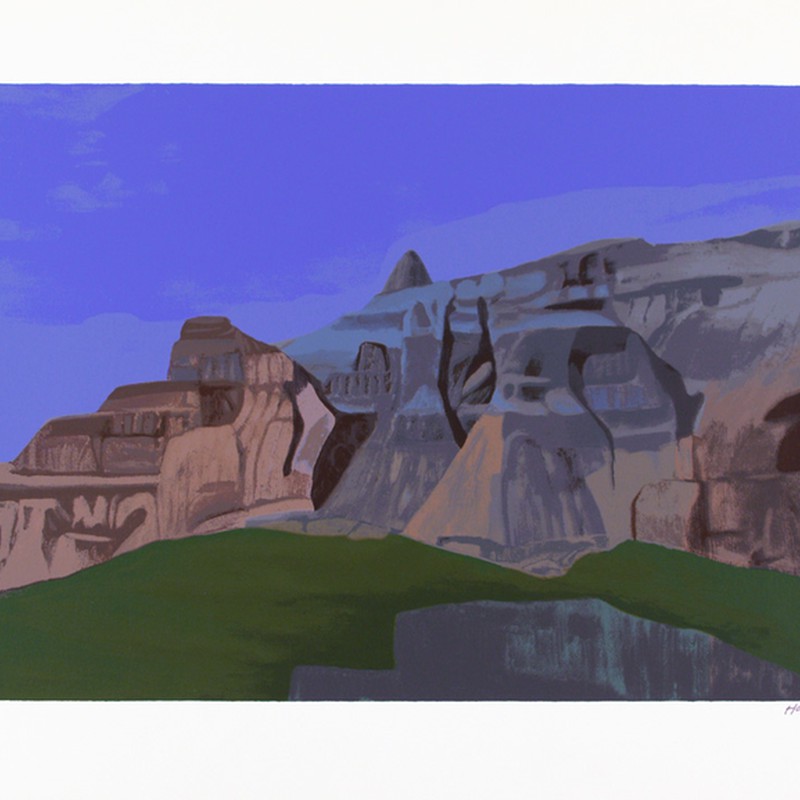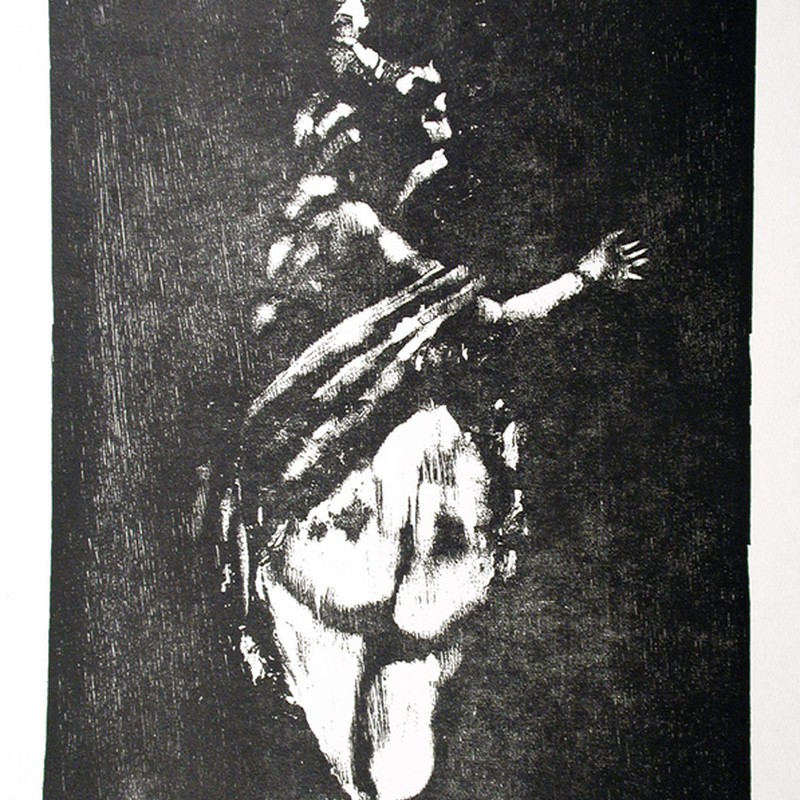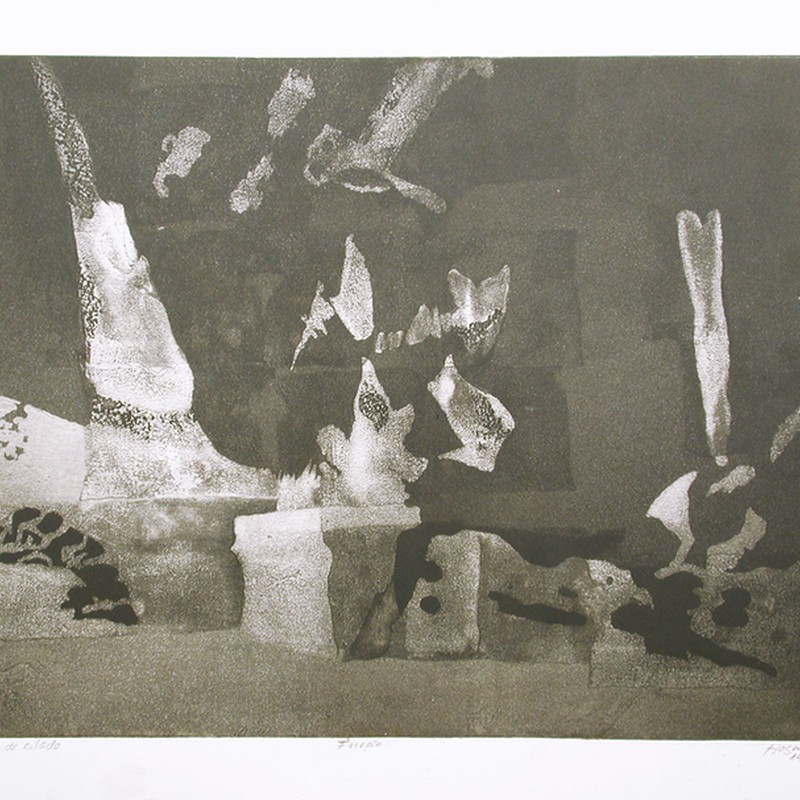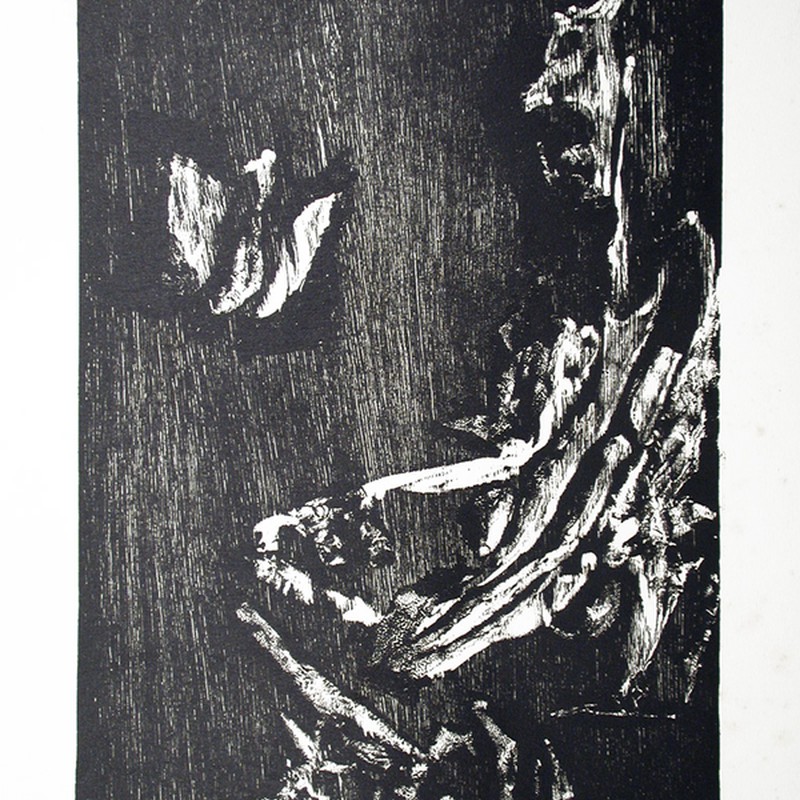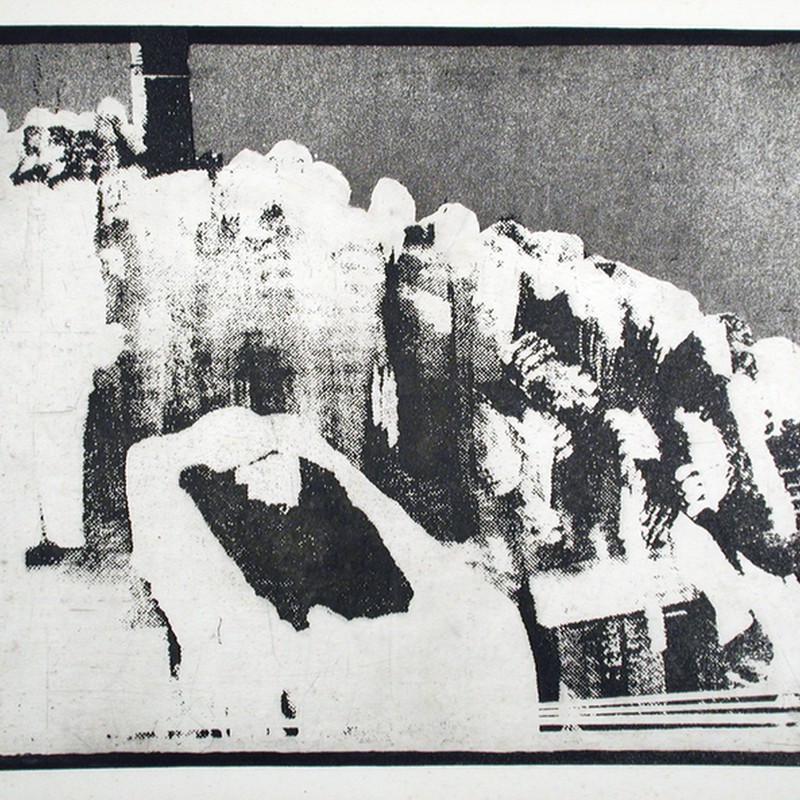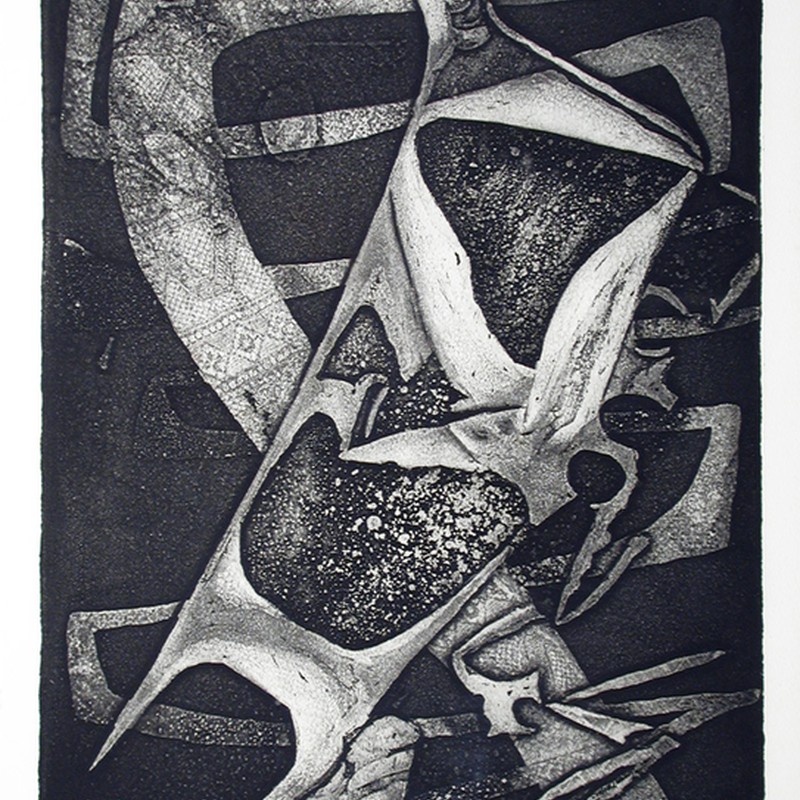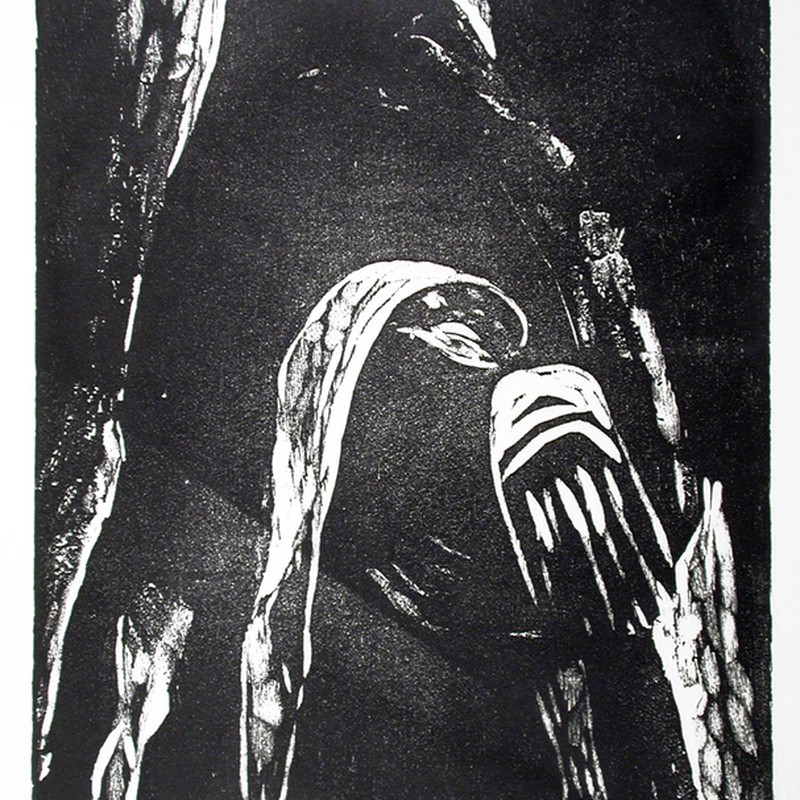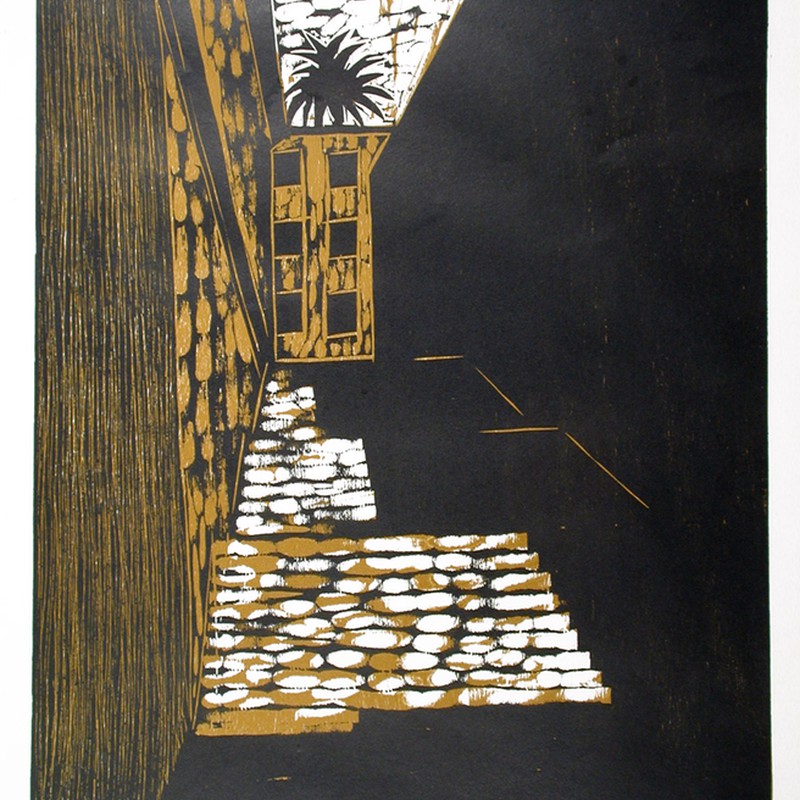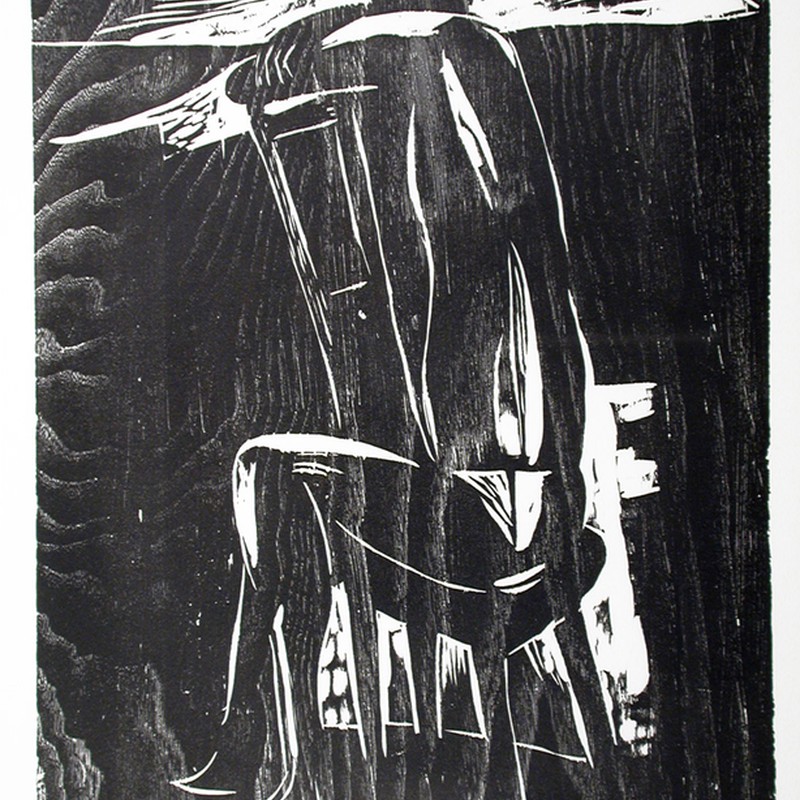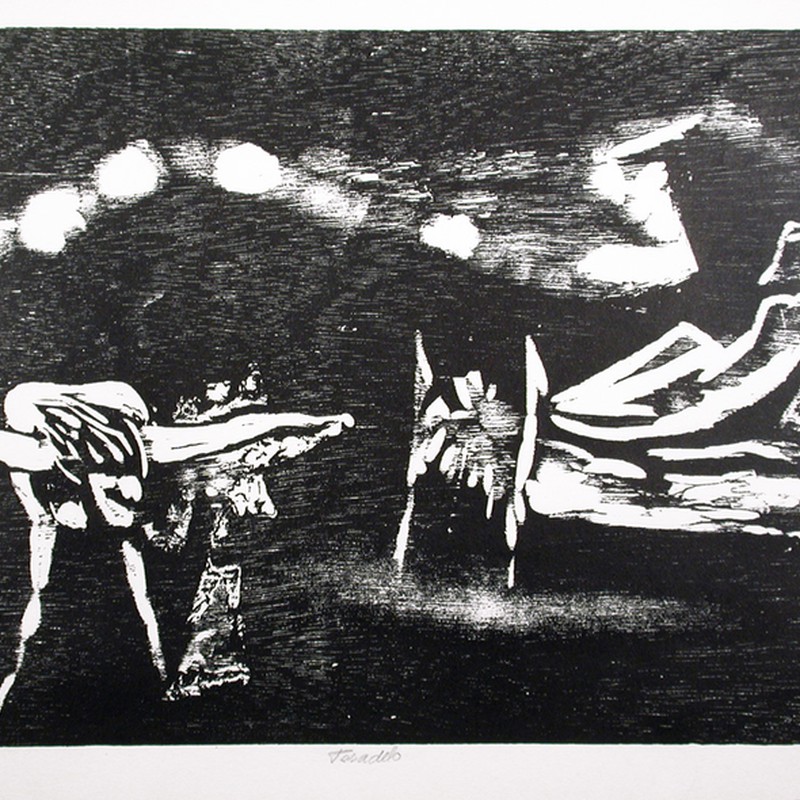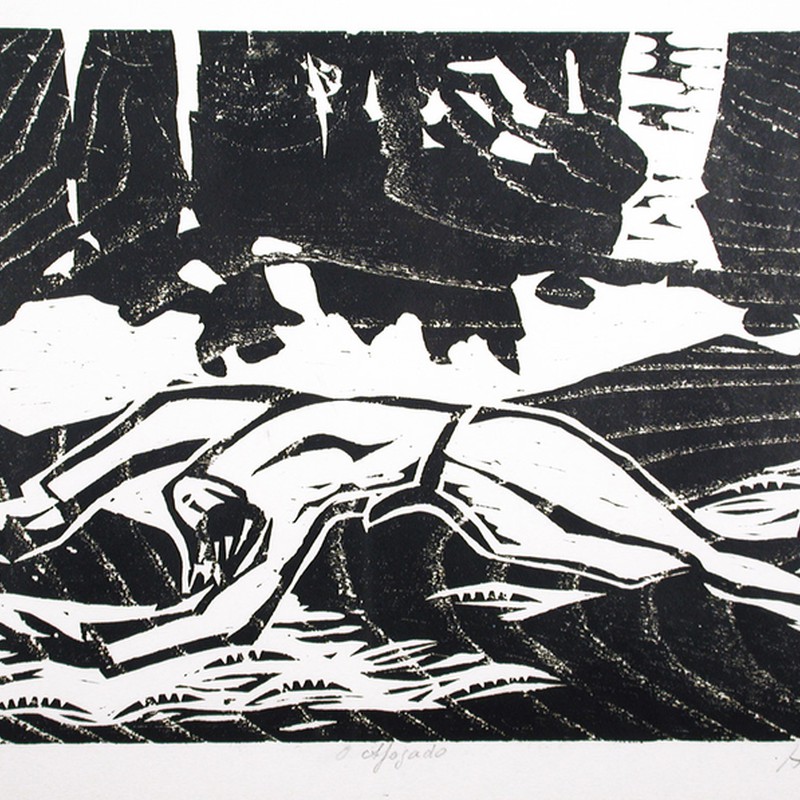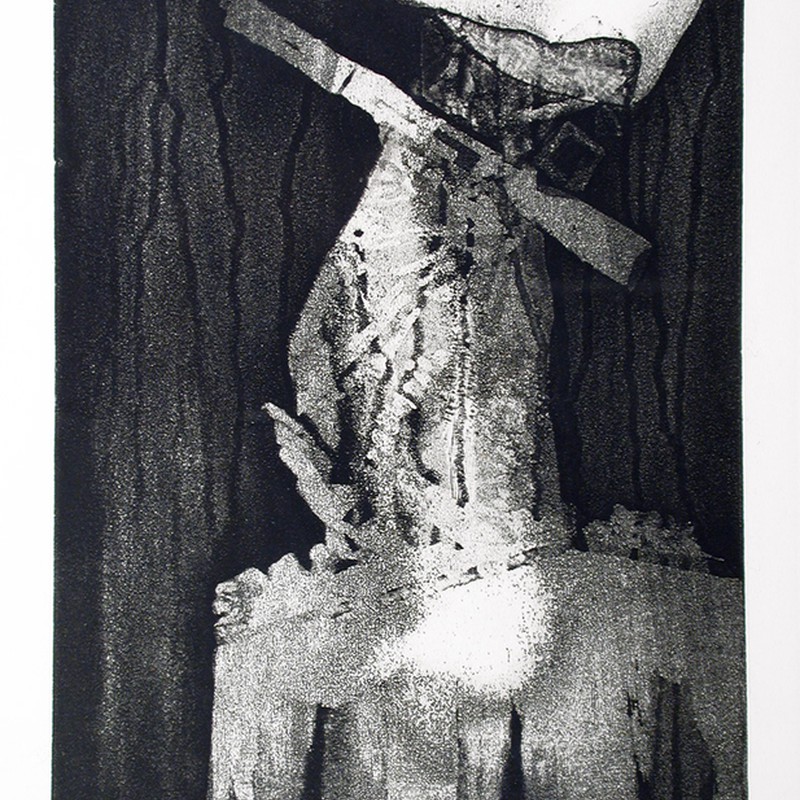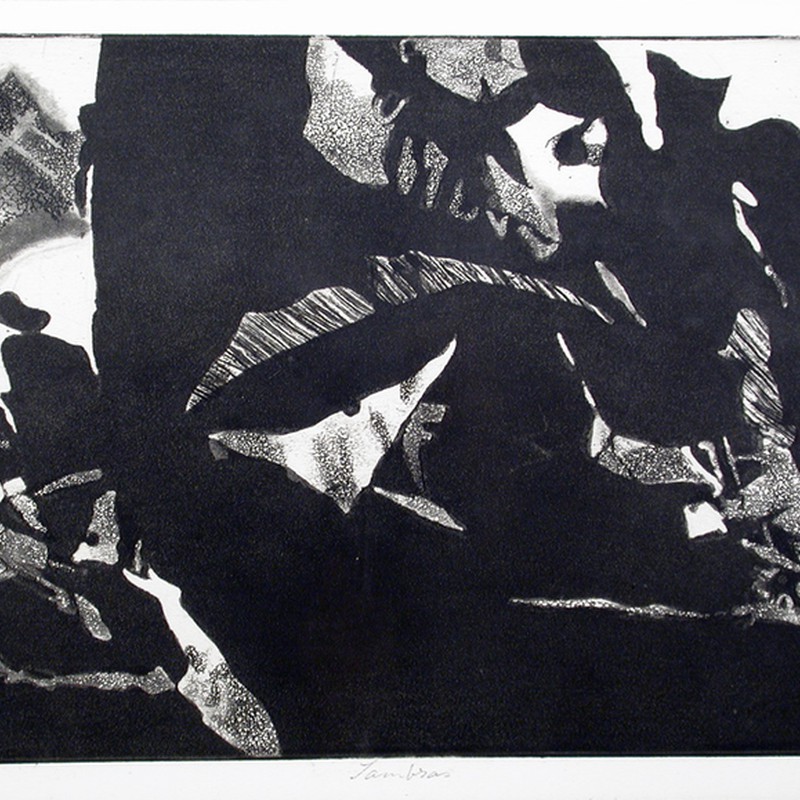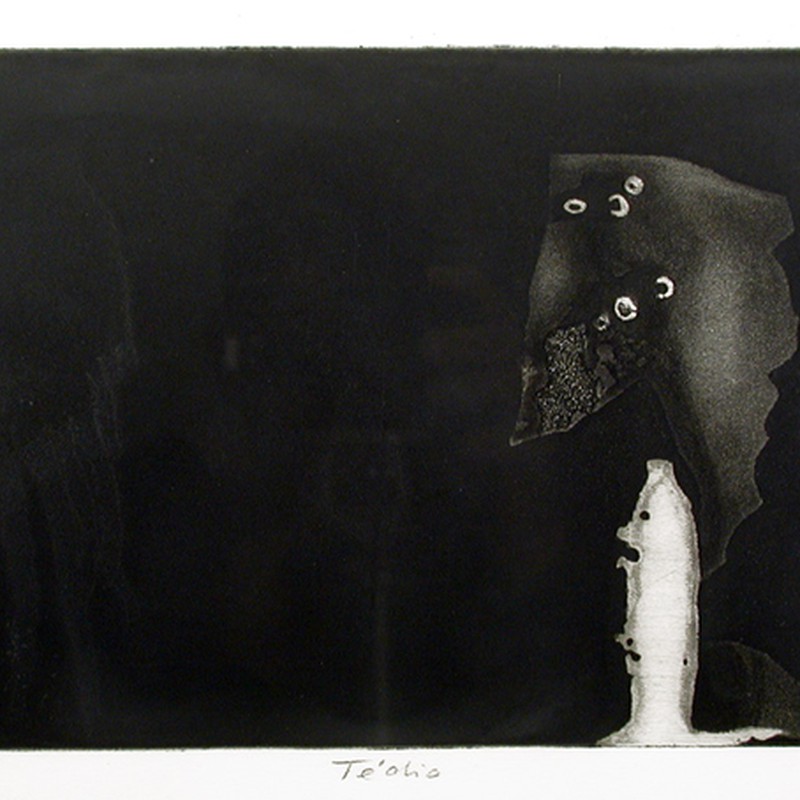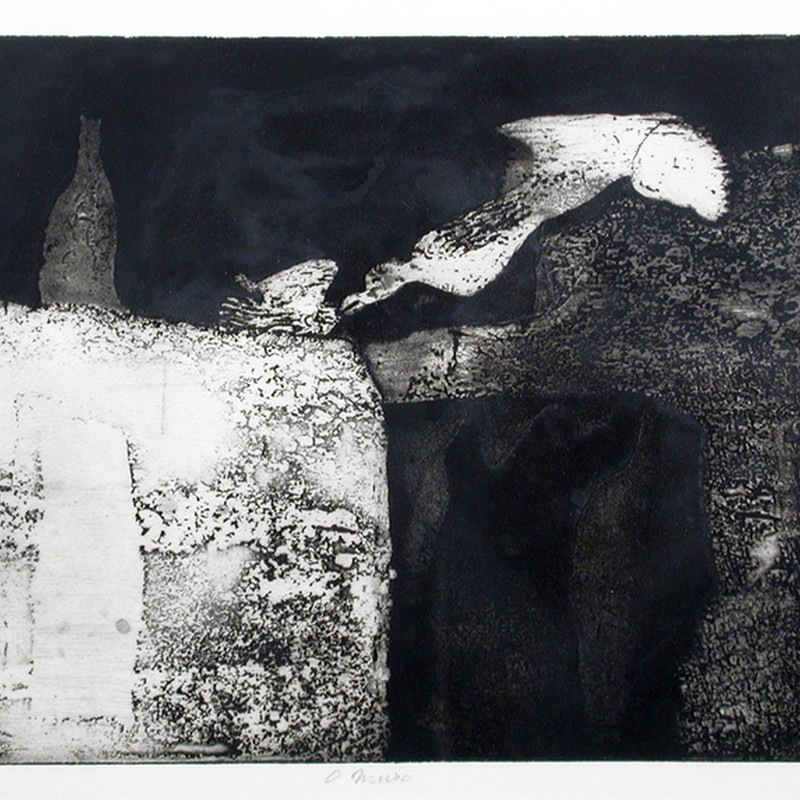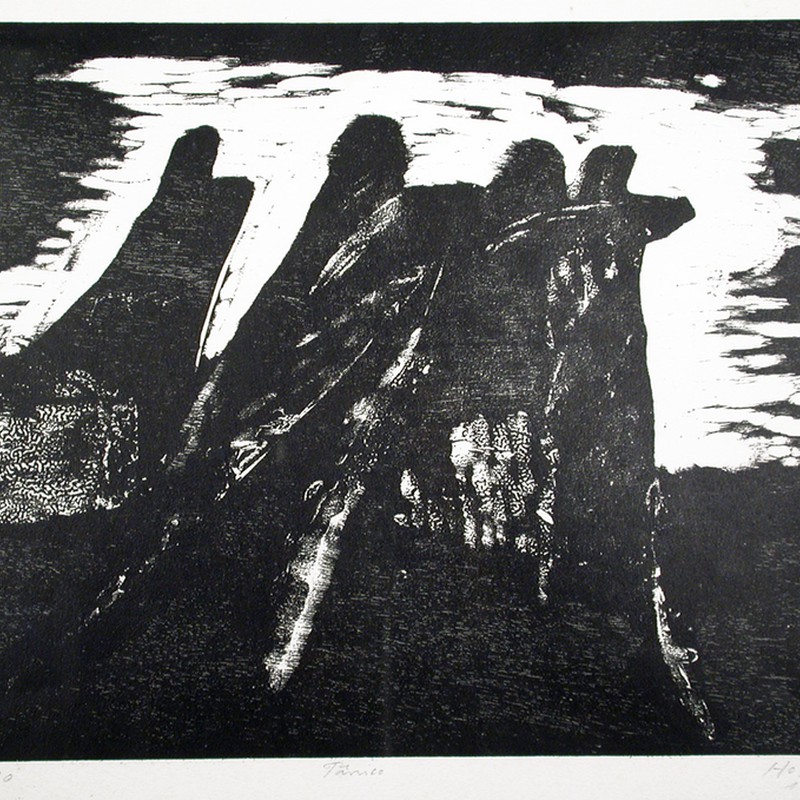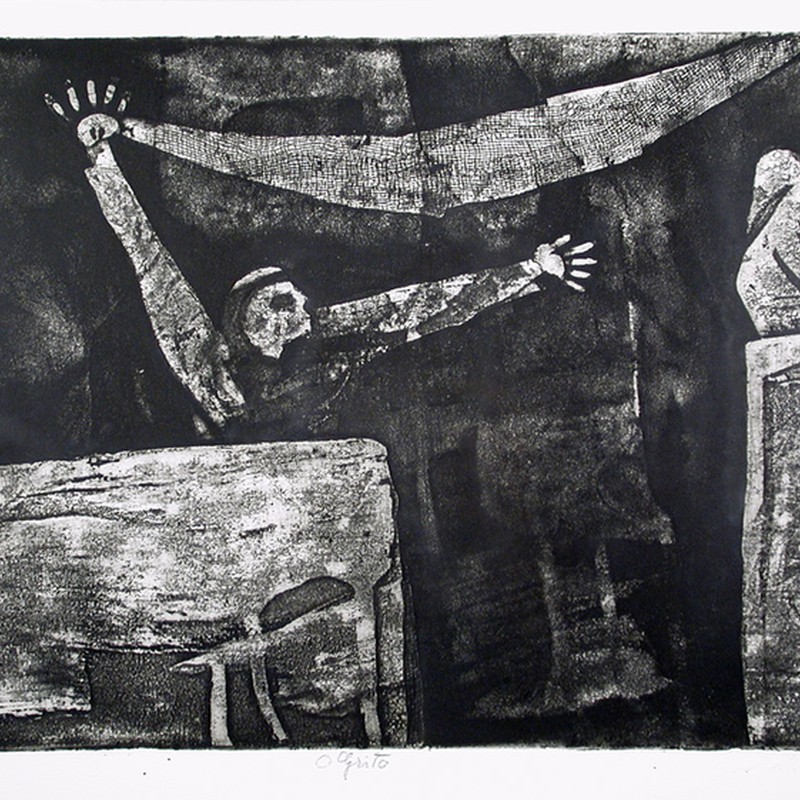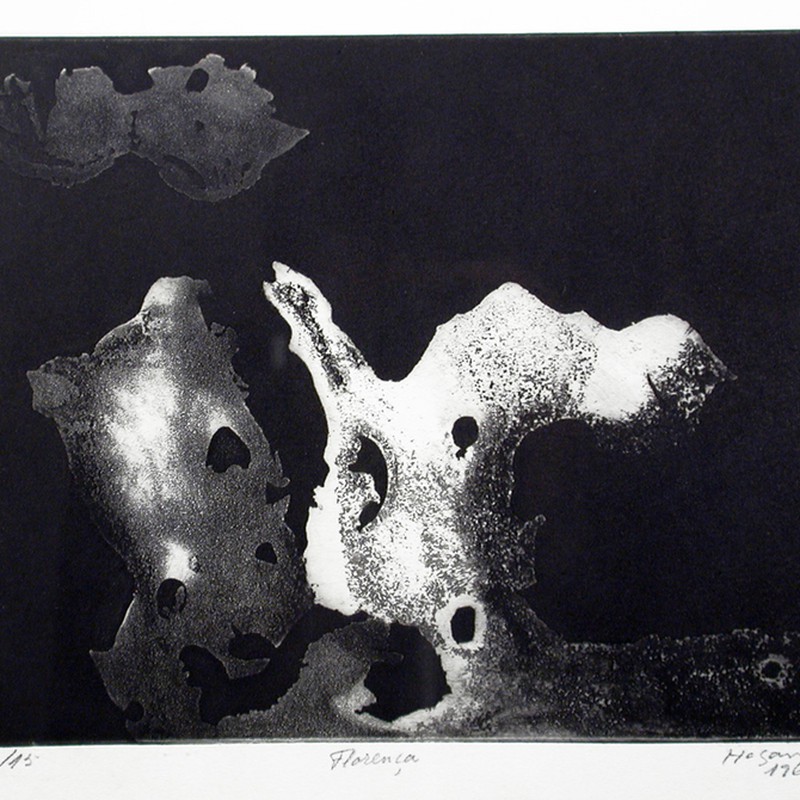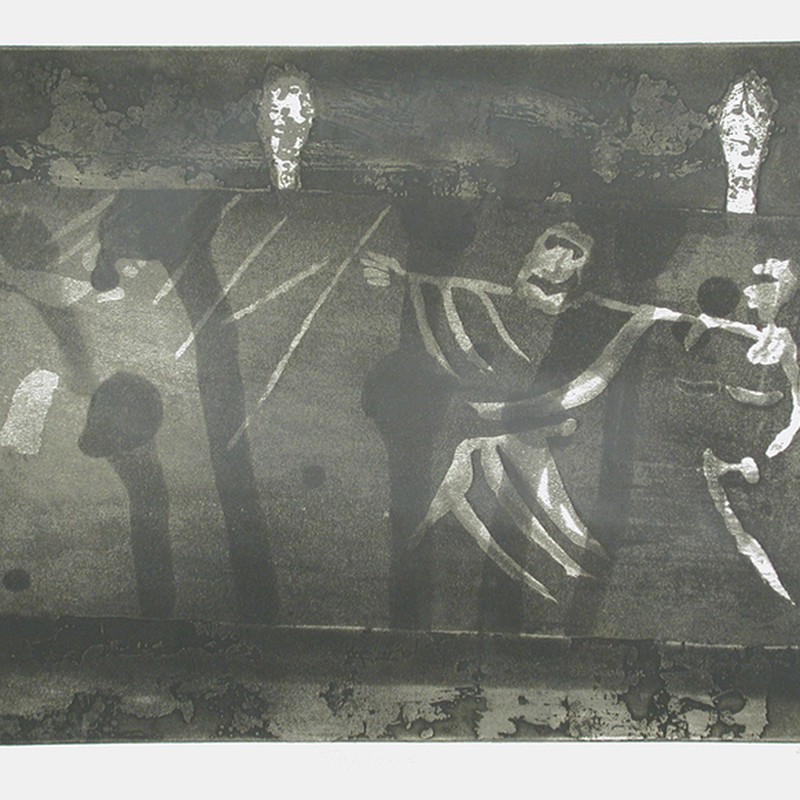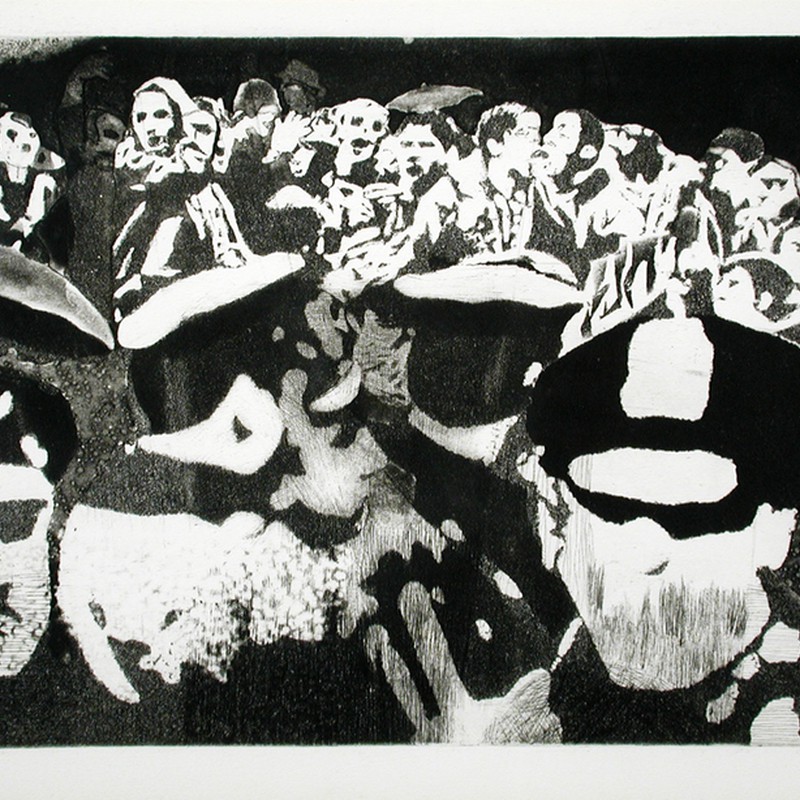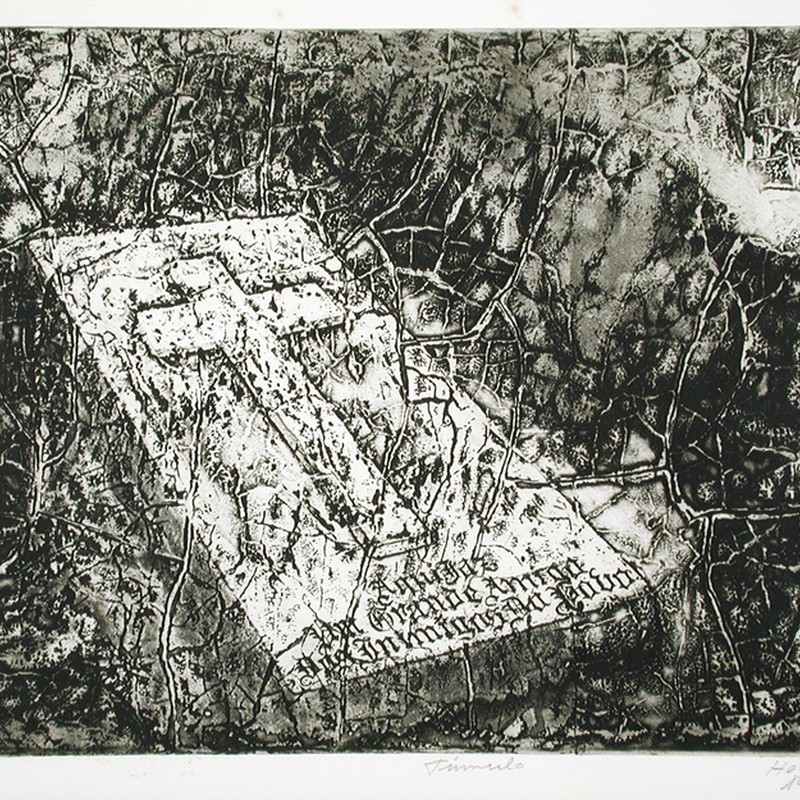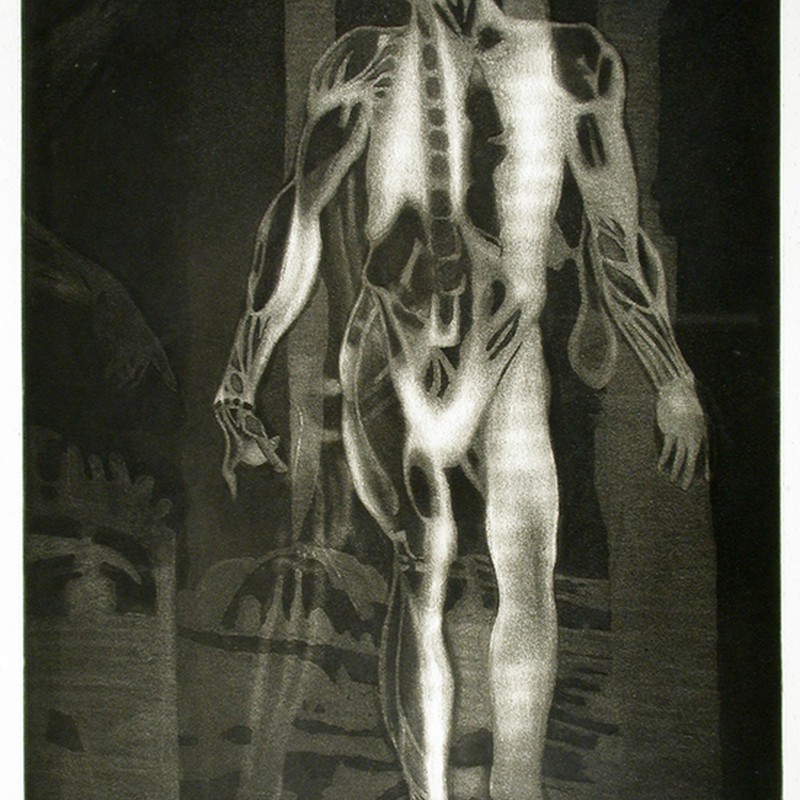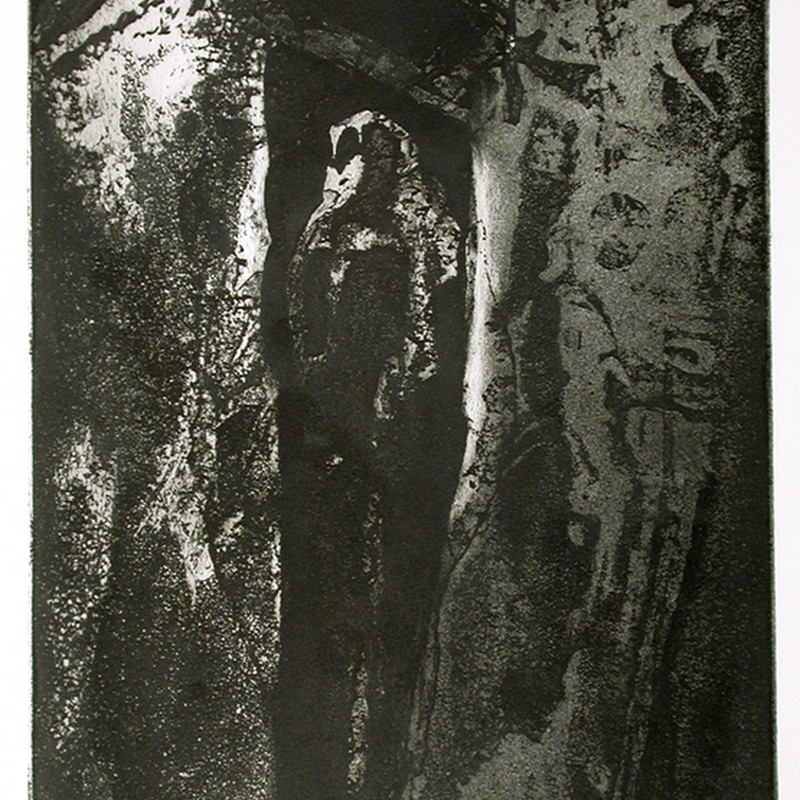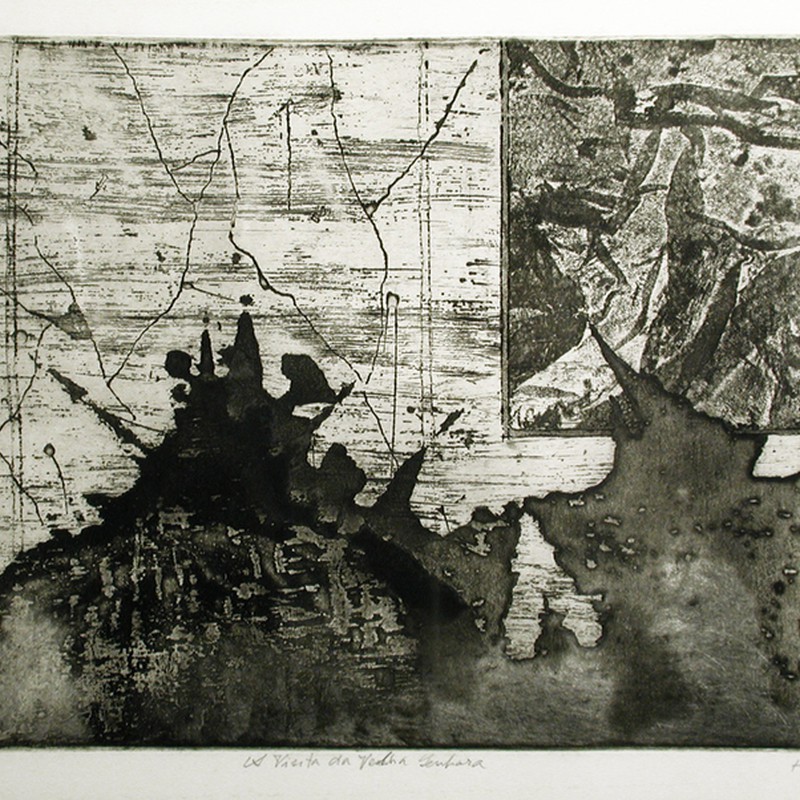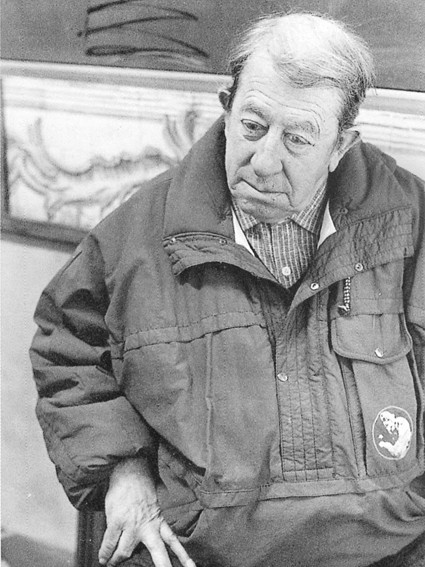
João Hogan
Born in Lisbon on February 4, 1914, into a family of painters. Of Irish descent, he was the grandson of the watercolorist Ricardo Hogan and nephew of the painter Álvaro Navarro Hogan.
He attended the general course at the Escola Superior de Belas Artes de Lisboa for a year (1930-31). Disbelieving in artistic education, he became self-taught, pursuing his vocation as a painter, alongside his work as a carpenter. In 1937 he became a student of Frederico Ayres and Mário Augusto in the evening classes of the Sociedade Nacional de Belas Artes (SNBA).
The first solo exhibition in 1951 at the SNBA. He chose landscape as his favorite theme and interpreted it exhaustively throughout his artistic career.
He had, initially, the great influence of the Portuguese naturalists, Silva Porto, Columbano or Malhoa, but in a second moment He named Van Gogh and Cézanne as masters, noting in his work the geometrization of landscape elements and the solidity in the structuring of the image. At the beginning of his career, he painted outdoors on the outskirts of the city of Lisbon or in Beira Baixa, a method that was abandoned in recent years. As he worked on a more raw, less detailed landscape, but also more imaginative and even more creative. fiction. In 1953 he was part of the Portuguese representation at the II Bienal de S. Paulo, Brazil and in 1957 he participated in the 1st Biennial of São Paulo, Brazil. Plastic Arts Exhibition of the Calouste Gulbenkian Foundation. Received 1º Painting Prize at the II Plastic Arts Exhibition of the Calouste Gulbenkian Foundation, 1961 and the 1st Silva Porto Painting Prize, SNI, Lisbon, 1964. In 1957 he began engraving, under the influence of William Hayter, of whom he was a student. He was a founding member of the Sociedade Cooperativa de Gravadores Portugueses, in Lisbon, where he directed several engraving courses, playing an important role in the training of the younger generations. Your work is of enormous diversity.
It is represented in several collections and museums, namely the Soares dos Reis National Museum, in Porto, the Chiado Museum and the Modern Art Center of the Calouste Gulbenkian Foundation, in Lisbon. He died in Lisbon in 1988. Four years later, in 1992, he was honored with an anthological exhibition at the Centro de Arte Moderna da Fundação Calouste Gulbenkian. June 1988
